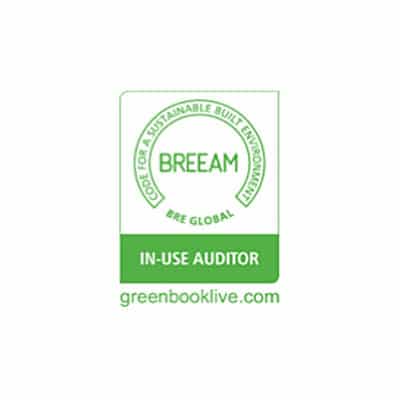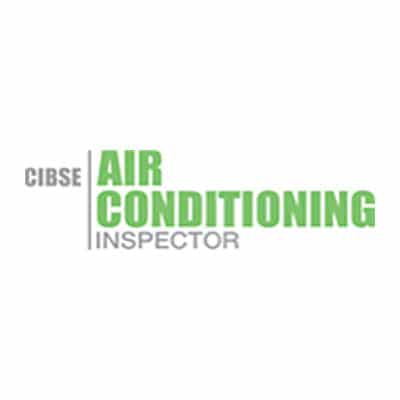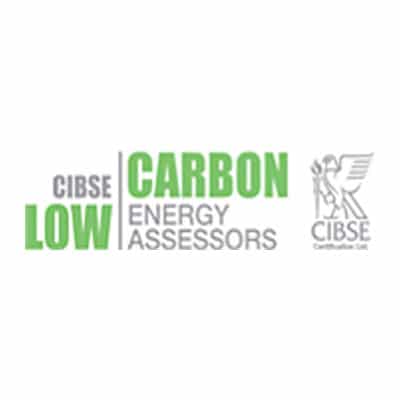What is good Indoor Air Quality ? Guidance on IAQ and testing
Our Indoor Air Quality consultants provide guidance on what good Indoor Air Quality – IAQ is and how to improve your IAQ through monitoring and testing.
Why choose our indoor air quality consultants for testing your IAQ
The successful management and improvement of indoor air quality - IAQ in the workplace is a collective effort that brings together all people/workplace management and supporting disciplines responsible for the operation, cleaning, maintenance, and ongoing management of buildings.
Our key differentiator is that our indoor air quality consultants are qualified air conditioning and ventilation engineers with extensive experience of designing, operating, maintaining, and optimising ventilation and air conditioning systems, with in-depth knowledge of indoor air quality best practices, testing, monitoring, analysis, and improvement.
We don't just identify which key IAQ parameters are outside of guidelines/best practice limits, but also determine the root cause and develop engineered solutions to rectify these, which significantly improves the IAQ and occupant satisfaction with the indoor environment.
Overview of our indoor air and environmental quality testing services
You can access our latest article on maintaining good Indoor Air Quality and preventing the spread of COVID-19 in buildings here, where we identify key measures to control the airborne spread of COVID-19 and share our thoughts on what we see as the new normal for IAQ, building operation and maintenance as we return to the workplace post COVID-19.
We provide once off on-site measurement and analysis to determine your IAQ baseline/as-is situation, to continuous monitoring, analysis, targeting and improvement of the key IAQ parameters, including Temp, Relative Humidity, CO2, TVOC, Particulate Matter, draughts etc.
We also provide Indoor Air Quality plans to support your projects BREEAM certification, independent performance testing, verification and the development of compliance documentation for key IAQ parameters to support your BREEAM In Use, Well Building Standard or Fitwel Certification.
IAQ background and context
The WELL Building Standard states that over the last decade, green building standards have made significant strides towards the market transformation of the building industry, resulting in a rapid expansion of green buildings and environmentally conscious building practices throughout the world, and over the same period, strategies to enhance human health and well-being have played a relatively small role in the evolution of building standards.
The time has come to elevate human health and comfort to the forefront of building practices and reinvent buildings that are not only better for the planet, but also for people.
This sentiment is echoed in CIBSE TM40: 2020 Health and wellbeing in building services where they state that it is now obvious to many that the health of our planet and the wellbeing of our species are inextricably linked. At the same time, buildings cannot be designed uniquely for the pursuit of environmental sustainability objectives, if this results in discomfort or ill health for occupants. In fact, in addition to helping to avoid health risks, buildings should also foster wellbeing.
Buildings and associated building systems must be managed, operated and maintained in a manner that provides a safe, comfortable and healthy indoor environment for occupants.
This is even more important as we return to the workplace post COVID-19 as its critical that building occupants and visitors feel safe and workplaces are managed and maintained to the highest standards.


Good Indoor Air Quality (IAQ) is essential to ensure the health and comfort of ccupants
Good Indoor Air Quality may be defined as air with no known contaminants at harmful concentrations. Common contaminants or pollutants include gaseous pollutants, such as carbon dioxide (produced by occupants and from combustion appliances), volatile organic compounds (released by carpet glues and other materials), odours and particulates
Ventilation is an essential component for the provision of good IAQ and thermal comfort.
What are the requirements for good Indoor Air Quality (IAQ)
The provision of sufficient fresh air supply rates to dilute and remove pollutants
Effective ventilation, i.e. providing ventilation where it is needed and in a form that will most efficiently remove pollutants
Low external pollution concentrations being introduced into the building
Low pollutant emission rates from internal sources, including materials
Pollutant types
Gaseous pollutants
Common gaseous pollutants found in buildings include carbon dioxide (CO2), carbon monoxide (CO), nitrogen oxide (NO), nitrogen dioxide (NO2), sulphur dioxide, ozone (O3) and (depending on location) naturally occurring radon.
Volatile organic compounds (VOCs)
Volatile organic compounds include benzene, formaldehyde and trichloroethylene (TCE). Benzene is used as a solvent and is present in paints, plastics, inks and rubber. Formaldehyde is released by laminates, paints, and glues. Trichloroethylene is used in the manufacture of inks, paints, lacquers and adhesives. Many VOCs have unpleasant odours and some are carcinogenic.
Particulates
Particulates are fine particles released by occupants, generated during combustion or produced by external sources (such as vegetation and via vehicle exhausts). They may also be discharged from clothing, carpets, wallboard, aerosol sprays, dust-mites/insects and moulds. The biogenic pollutants or those produced by biological processes (e.g. fungi, moulds, mites, bacteria, viruses and pollen) cause many of health problems, including lung irritation, bronchial asthma and allergic rhinitis. Other toxic particulates include asbestos fibre and tobacco products.
Whenever possible, sources of particulate pollution should be identified and eliminated by using suitable air filters to improve air filtration.
Occupant comfort and Indoor Air Quality (IAQ)
Find out more >
For comfortable conditions to be maintained within occupied spaces, variables such as dry resultant temperature, relative humidity, local air speed and draughts must be kept within specified limits.
External (outdoor) air pollution
Find out more >
Poor outdoor air quality will have a significant impact on indoor air quality. In urban areas, traffic is a significant contributor to external pollution, with additional pollutant emissions coming from building exhausts and industrial processes.
Check out our latest articles
Read through our articles and case studies provided by our team of professionally registered engineers about TM44 Inspection, ESOS compliance, SECR compliance as well as how to improve the energy efficiency, indoor air quality, operation and maintenance of commercial buildings.








